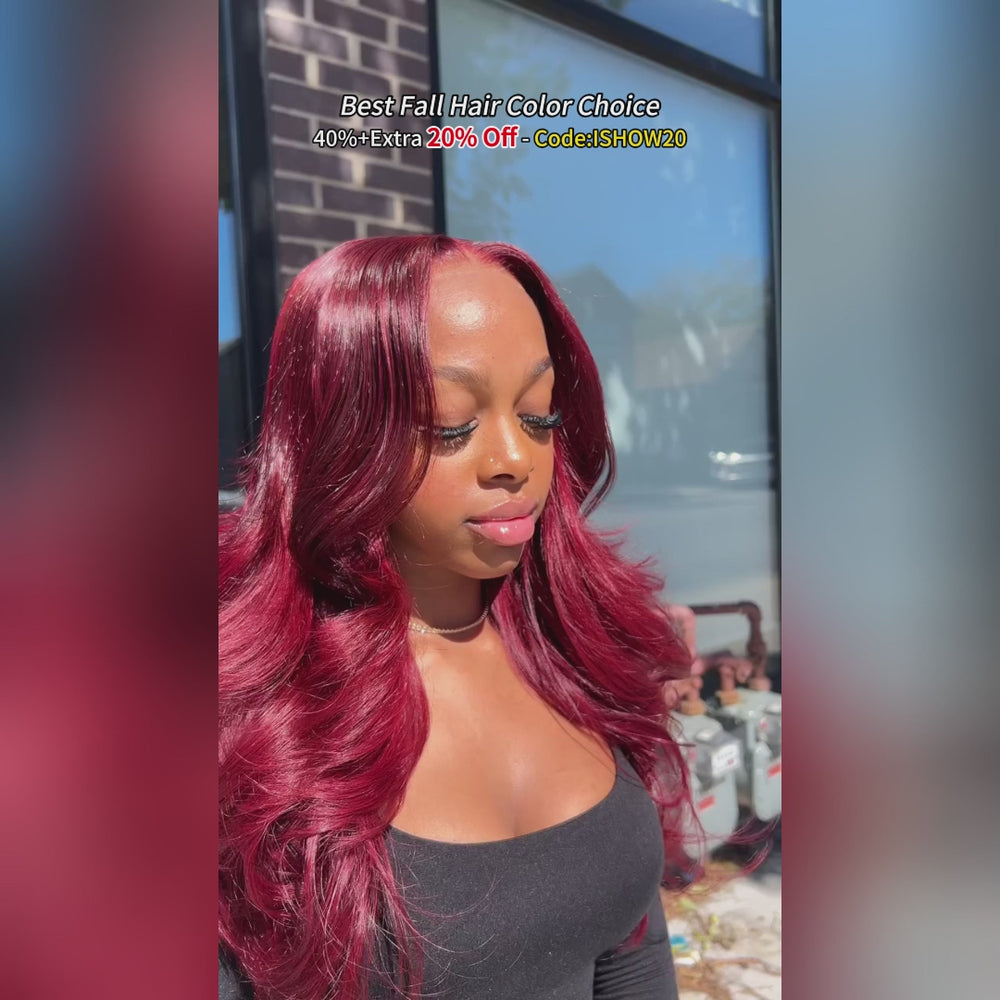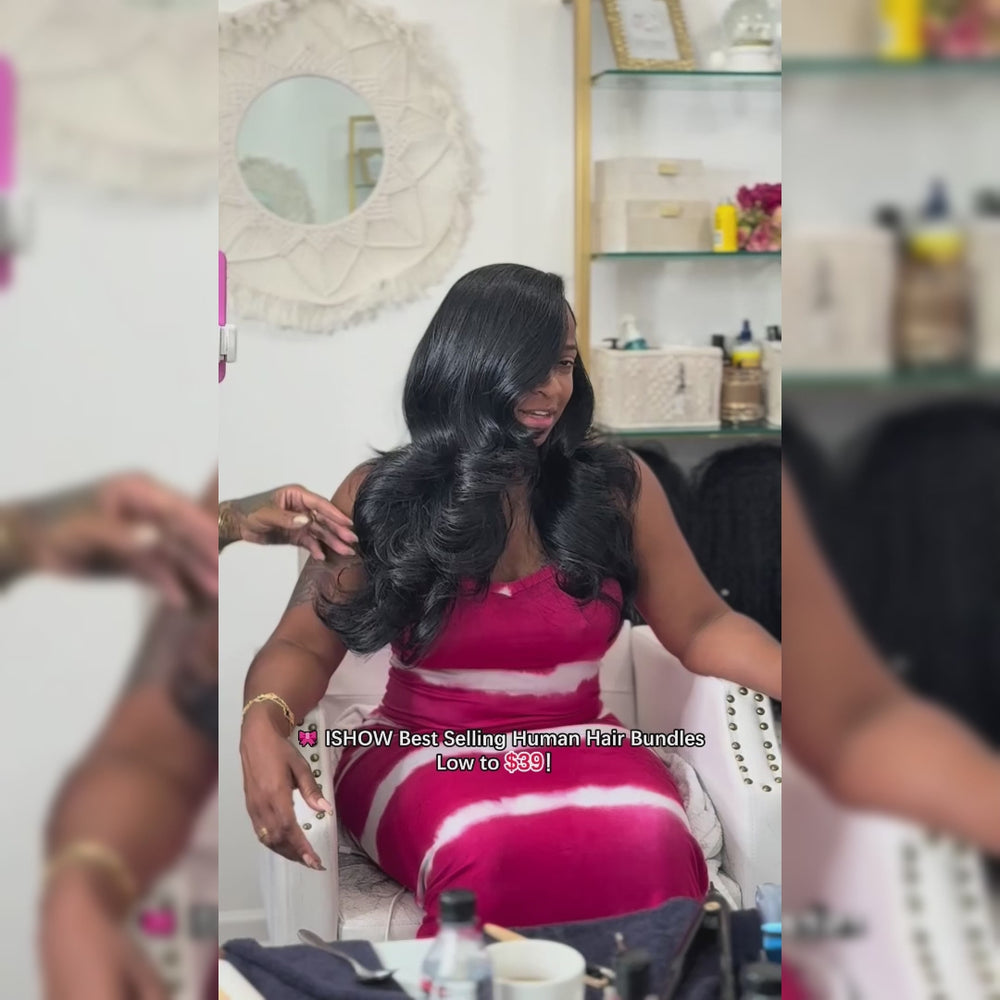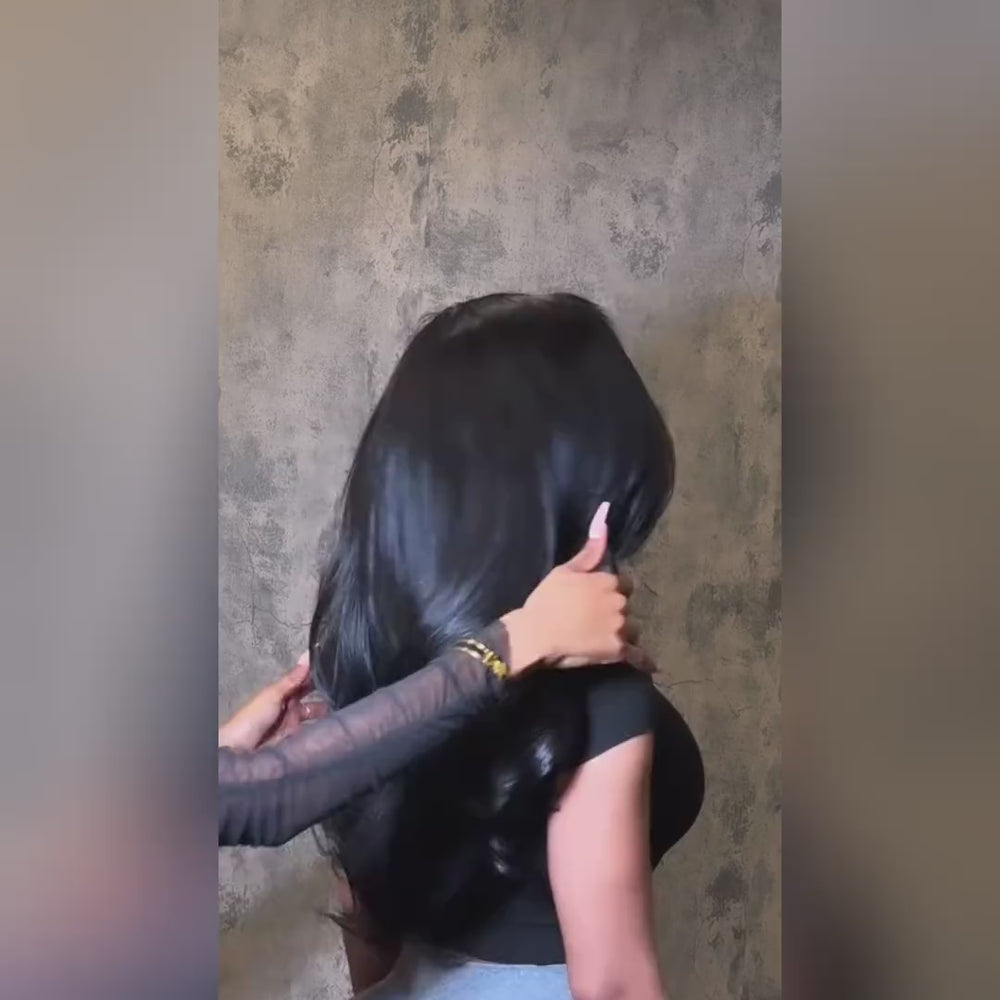A Beginner's Guide to Buying Your First Wig
Are you considering wearing a wig for the first time? With so many options, styles, and buying considerations, the process can feel overwhelming for beginners. Not to worry - this guide will walk you through everything you need to know to find the perfect wig that suits your needs and enhances your natural beauty.
Why Wear a Wig? Exploring the Benefits
Wigs offer versatility, convenience and fun for wearers of all ages. Here are some of the top reasons to consider wearing a wig:
-
Change up your style. Wigs allow you to experiment with dramatic length, color and texture changes instantly. You can be a redhead one day and a blonde the next!
-
Protect your natural hair. Give your locks a break from constant styling and environmental damage by using a wig as a protective style.
-
Convenience. Skip the daily styling routine and opt for quick and easy wig styling instead. Wigs can be a real timesaver!
-
Cover thinning or balding spots. Wigs offer the perfect solution if you are experiencing hair loss or alopecia.
-
Boost confidence. Fun wigs with bold styles can help you break out of your comfort zone.
-
Medical reasons. Wigs may be useful if you are undergoing chemotherapy or other medical treatment resulting in hair loss.
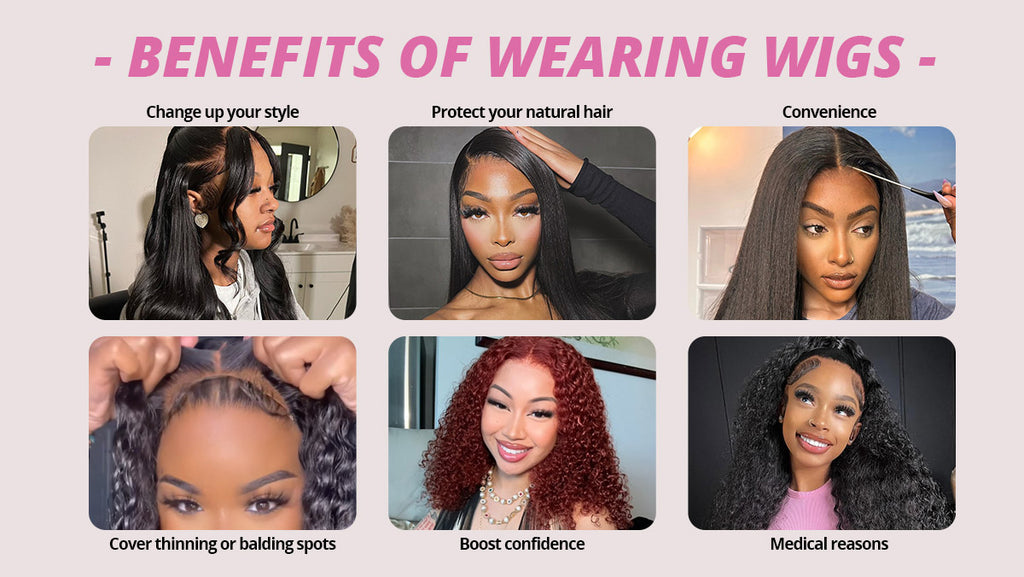
Whether you want to step out of your usual look or need the convenience of quick styling, wigs are a fantastic option. Now let's explore how to pick your perfect wig as a beginner.
Decoding Wig Types and Styles
With so many varieties, it can get confusing for beginners to understand all the wig options. Here is a quick overview:
Human Hair vs Synthetic
The key distinction is between human hair or synthetic fiber used to make the wig.
-
Human hair wigs have a natural look and feel. They allow for heat styling and blending with your bio hair. However, they are the more expensive option.
-
Synthetic wigs are more affordable and require less styling. However, they don't always look natural and cannot be heat styled.
For beginners, a quality synthetic wig offers an easy, low-maintenance option to start out. You can always invest in a human hair wig later as you get comfortable wearing wigs.
Lace vs Full Lace vs Monofilament Top
These refer to the different construction techniques used:
-
Lace front wigs have sheer lace along the front hairline for a seamless look. The back and sides use a different material.
-
Full lace wigs take it a step further with lace covering the entire wig cap for the most natural appearance.
-
Monofilament top wigs have a thin lace strip along the parting space for a realistic scalp illusion. The rest of the wig cap uses a different material.
For beginners, a basic lace front offers the most important natural hairline without the higher cost of a full lace wig.
Cap vs Capless Wigs
This refers to whether the wig has a constructed cap base or not:
-
Capped wigs contain an internal mesh cap base to attach the hair strands to. Different cap sizes must be selected.
-
Capless wigs have hair individually tied to the lace without a structured cap. These offer maximum comfort but are rarer and pricier.
Capped wigs are the most common style especially for synthetic wigs. Focus on finding one with adjustable straps to get a secure fit.
Now that you are familiar with the key wig types, it's time to find the right one for your needs!
Getting the Size Right for a Perfect Fit
An ill-fitting wig can shift around and look unnatural. Follow these tips to find a wig that hugs your head comfortably:
Measure Your Head Circumference
Use a soft measuring tape to measure around your head about 1 inch above your ears and over the fullest part of your forehead. Record this measurement in inches or centimeters.
Compare it against the sizing charts provided for the wig you like. Opt for a size that is slightly smaller for a snug fit.
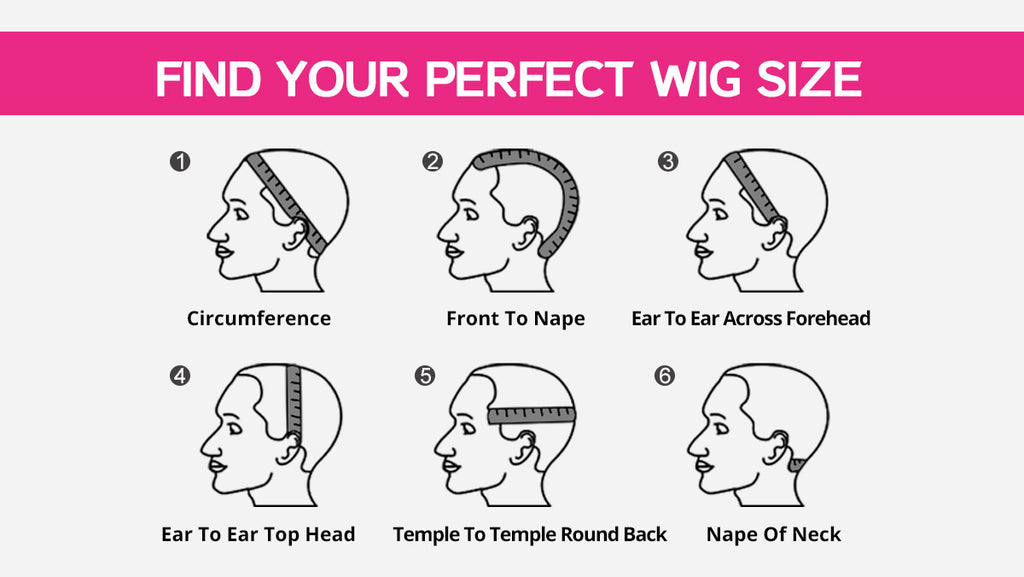
Adjust the Wig Cap Settings
Most synthetic wigs include adjustable straps and bands in the rear and sides of the cap. Use these to tighten or loosen the wig until it fits securely.
The wig should fit flush against your skin without any gaps or loose areas. A proper fit will keep it from sliding backward or forward.
Add Adjustment Accessories
If needed, use wig clips, tape or adhesive to achieve the perfect fit:
-
Wig clips can be placed at the nape or sides to prevent slippage. Look for silicon-lined ones for comfortable wear.
-
Toupee tape is a strong double-sided tape to hold the front lace edges in place. Apply sparingly along the hairline.
-
Wig adhesive involves temporarily gluing a wig's lace front to your skin for a slip-proof hold.
With the right fit adjustments, you can wear your wig confidently without worrying about it shifting around.
Choosing a Flattering Style and Color for You
Now for the fun part - selecting a wig style and shade that complements your features beautifully! Follow these guidelines:
Opt for Styles to Suit Your Face Shape
-
Oval face: All styles work! Feel free to experiment.
-
Round face: Try chin-length cuts with angled side layers to add definition.
-
Heart-shaped face: Aim for volume at the jawline and sleek at the top to balance your features.
-
Square face: Go for soft waves, side-swept bangs and length below the shoulders to soften angles.
Complementary Colors for Your Skin Tone
-
Warm undertones: Look great in golden blondes, auburns and warm browns.
-
Cool undertones: Stunning in ash and platinum blondes, black and cool chocolate browns.
-
Neutral undertones: Pull off both warm and cool shades beautifully.
Stay on Trend with Fun Styles
Once you've picked ideal colors and cuts, consider stylish wig trends like:
-
Playful bangs
-
Retro waves
-
Vibrant fashion shades like pastels or neon
-
Textured yaki and kinky styles
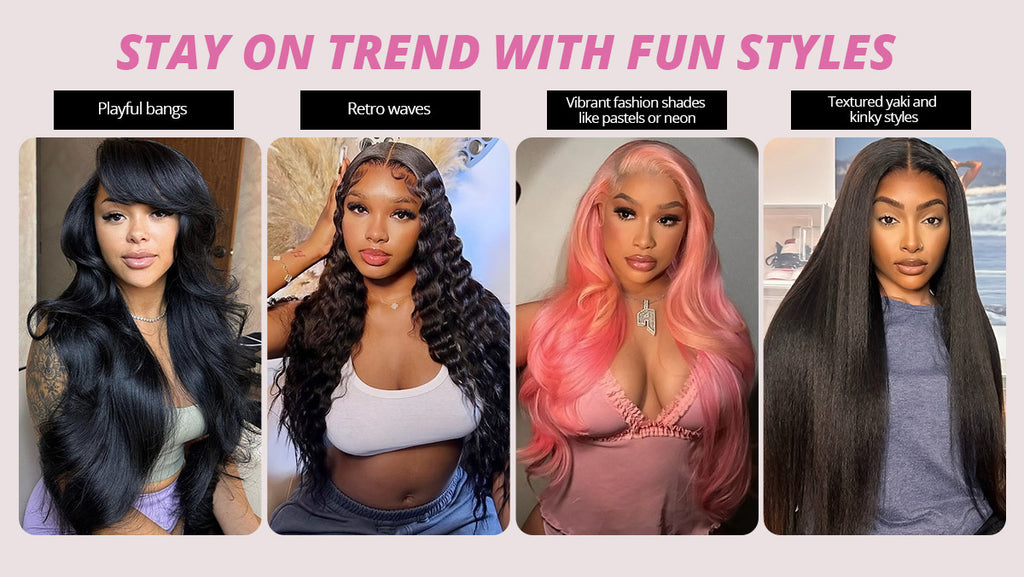
The options are endless for customizing your look. Don't be afraid to get creative and switch it up!
Evaluating Hair Texture, Quality and Workmanship
While browsing wig options, look closely at the following aspects:
Hair Texture and Feel
-
For human hair, opt for Remy hair with all cuticles intact for a silky feel.
-
For synthetic, check for soft and smooth fibers without tangling. Avoid coarse and stiff wigs.
-
For heat styling, only human hair wigs will work. Synthetic fibers will burn.
Quality Indicators
-
Natural sheen from quality fiber blends. Avoid dull or artificial shine.
-
Smooth knotting of hair at the roots. No glue bumps or visible knots.
-
Reinforced lace edging for durability. Frayed or weak edges mean poor quality.
-
Consistent hair density from top to bottom without thin spots.
Focus on reputable brands and read reviews to evaluate wig quality accurately.
Trying On Your Wig for the First Time
The initial try-on session sets the stage for your experience. Follow these tips to give your new wig the best debut:
Create the Right Environment
Try on your wig at home first before wearing it publicly. Have a mirror, styling tools and accessories on hand. Give yourself ample time for a thorough first impression.
Style the Wig Before Putting It On
Use a wide-tooth comb to remove tangles and shape the wig style you desire right off the bat. This prevents having to style it while on your head.
Check for Fit and Adjust Accordingly
Place the wig on your head from front to back. Inspect the fit and make minor adjustments using the straps and combs until it sits just right.
Personalize the Look to Your Liking
Make small tweaks like gently pull the part wider, trim the lace edges, shape the bangs or puff the curls. Personalize it to your style.
The goal is to create a great first experience so you love wearing this wig regularly. Get creative with it!
Caring for Your Wig to Extend Its Life
Invest in quality care to keep your wig looking fabulous every single wear. Here are pro tips for maintenance:
Daily Wig Care
-
Gently brush synthetic wigs with a wide-tooth comb to prevent tangling. For human hair, also use a smoothing serum.
-
Use wig shampoo 1-2 times per week and condition regularly. Avoid vigorous back and forth rubbing.
-
Air dry wigs on a mannequin wig stand to retain the style. Heat drying can damage synthetic fibers.
-
Store wigs on stands instead of laying them flat to prevent kinks and knots.
Deep Cleaning
-
Deep clean human hair wigs monthly using clarifying shampoo to remove buildup from products.
-
For synthetic wigs, use a diluted fabric softener soak every 1-2 months to dissolve residue and refresh fibers.
-
Avoid over-washing which causes dryness and tangling. Stick to a regular schedule.
Follow the care instructions for your specific wig to boost longevity. With proper maintenance, your wig will remain vibrant and beautiful for extended use.
Budgeting for Wig Purchases: Navigating Cost Considerations
The cost of wigs covers a wide spectrum based on these key factors:
Hair Type and Quality
As a rule, human hair wigs cost more than synthetic wigs due to the intricacy of collecting and processing human hair. Invest in the best quality you can afford.
Construction Technique
More labor-intensive construction like full lace wigs or custom capless wigs involves higher cost. Prioritize the features most important for your needs.
Style Preferences
Trendy colors and cuts often demand a higher price tag than classic looks. Unique or custom wig designs also up the cost.
Personalized Service
Custom wigs tailored to your exact specifications will have a higher price. If choosing custom, look for partial personalization to balance cost.
Budgeting Long-Term
Beyond the initial purchase, factor in wig care products, accessories like hair tape and clips, and potential replacement wigs down the road. Create a reasonable budget to accommodate these recurring costs.
You're Ready for Happy Wig Shopping!
There you have it - a complete beginner's rundown of everything wig-related! Finding and buying that first fabulous wig is exciting. Remember to take it slowly, do your research and don't be afraid to ask questions. Wigs are the ultimate way to change up your style on a whim. Shop with confidence and embrace this fun new part of your beauty journey



